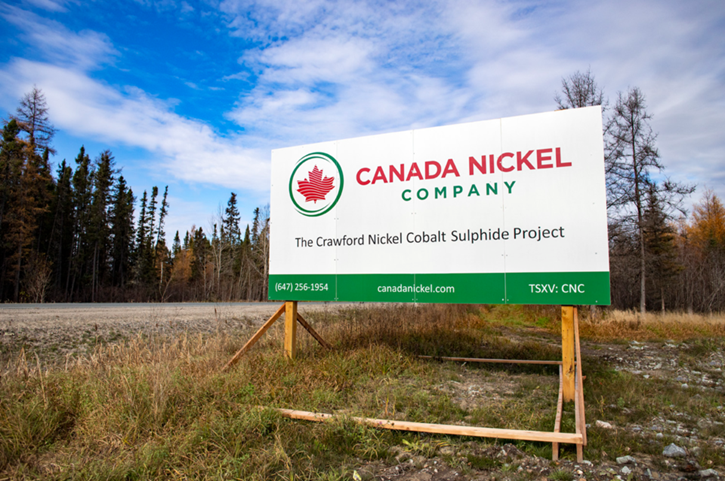25% tariff could price-out 18 million tonnes of steel imports from US market
Implications: We believe that a 25% tariff could price-out as much as 18 million tonnes of steel imports from the US market (total imports at 35.6 million tonnes in 2017).
To arrive at this high-level estimate we looked at the total US steel imports by their source country and applied to each country its average crude steel operating cash cost. We then arranged these on an import cost curve and compared them to the US steelmaking cost. Using this method and not accounting for any trade restrictions, 28 million tonnes of steel imports were at or below the US costs.
We then moved our import cost curve up by 25% thus mimicking a blanket 25% tariff on all imports. Under these circumstances, only around 10 million tonnes were at or below the costs of the US domestic steelmaking.
This difference is an implied steel import displacement of around 18 million tonnes. While this is a rough estimate and does not account for types of steel, costs of finished steel, freight costs, existing trade duties, foreign company ownerships among other issues, it does provide us with the broad guidance of what to expect in the near term (if the tariffs are imposed).
In 2017, based on AISI estimates, crude steel production in the US was 81.6 million tonnes and capacity 110 million tonnes. This resulted in utilisation rate of 74%. Other things equal, an additional 18 million tonnes of production would push utilisation rates up to 90%. If we also account for demand growth of around 7 million tonnes, which we currently forecast, then in 2018, without any capacity restarts, utilisation rates could exceed 95%.
These are utilisation rates that have not been seen in the US since September 2002, when they followed the March increase in tariffs under Section 201, initiated by the former President Bush. Back then, US steel prices jumped by over 80% in eight months. This time, when global demand and pricing pressures are weaker, we anticipate smaller domestic price rises. However, with utilisation rates rising so high, the US domestic steel prices are likely to increase by at least the 25% – as per the new tariff. And, while this will undoubtedly benefit US steelmakers it will increase costs and squeeze margins of US steel users.
More News
{{ commodity.name }}
{{ post.title }}
{{ post.date }}




Comments